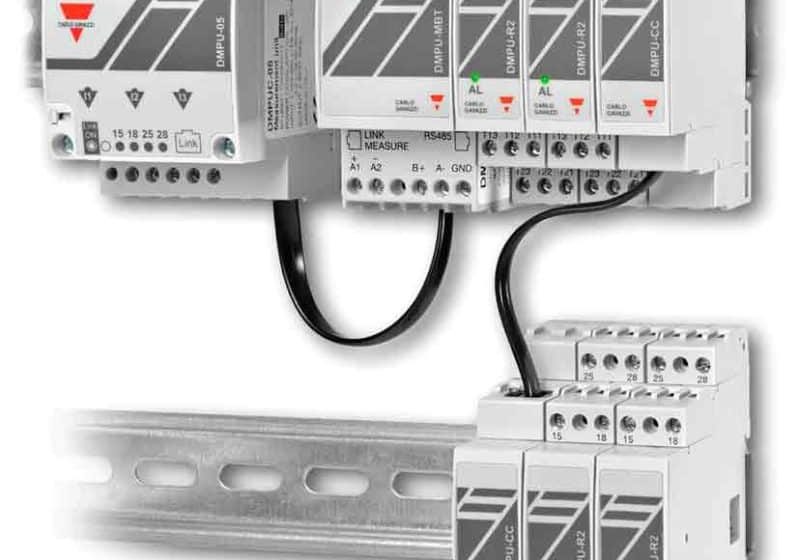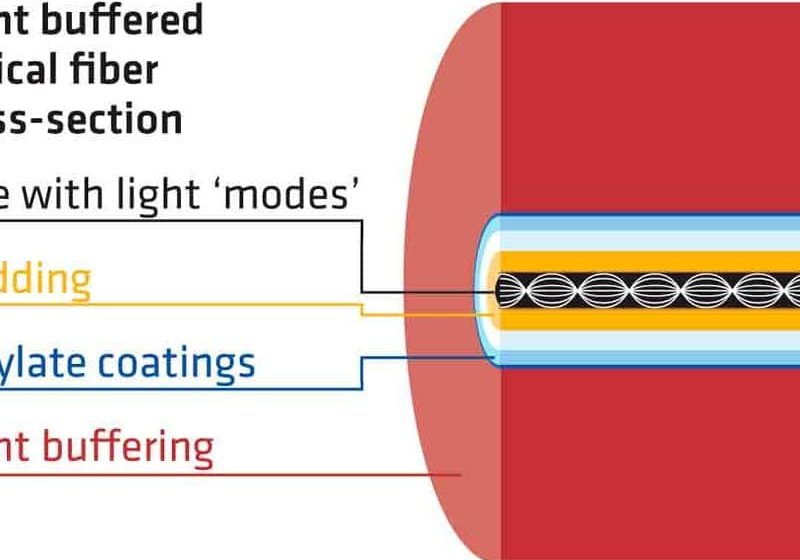by Mark Abbott and John Pierce
People always ask us, “You put phones in elevators?” We typically answer “Yes,” fully anticipating the next question to be, “Really, doesn’t everyone have a cell phone these days?”
Yes, there are more cell phones than people in North America. Despite this statistic, the elevator industry has actually gone one step further and now requires each elevator to monitor whether it has a functioning telephone line. That being said, safety is the elevator industry’s top priority, and you can’t leave it to chance that if an entrapment occurs, riders have:
- A strong enough cell signal within the elevator (an elevator is, after all, a large metal box enclosed in a concrete shute)
- A cell phone with enough power to carry on a prolonged conversation
- A cell phone at all (I panic about twice a month when I realize I forgot mine)
For years, elevator code in North America has required each commercial elevator that is put in service to have a phone or equivalent method of communication. ASME A17.1-2000/CSA B44-10, Section 2.27.1.1.1 states that two-way communication means between a car and a location staffed by authorized personnel shall be provided.
Most who work on elevators have had to troubleshoot or replace a phone at one time or another in their careers. You also have to deal with building owners who do not want to pay the additional expense of a dedicated phone line to these units. So, adding an audio-visual component that the riding public will see and hear if something goes wrong with the phone line is something you may have to explain to the building owner in order to emphasize the importance of public safety.
In 2010, A17/B44 amendment, and Section 2.27.1.1.6 began, requiring the two-way communications within the car to include a means to verify and report if the phone line to the elevator is functioning properly. The industry’s elevator technicians are second to none in verifying that the critical features of the elevator work, but they don’t control the building’s phone system. We believe that most disconnected phone lines are due to accidental oversights, but even accidents need public awareness. This code accomplished just that.
This section of the code requires that each new elevator installation have a visual and audio annunciator located at the designated landing in the vicinity of the “Fire Recall” switch and be visible to elevator users. This audio-visual annunciator will be unnoticed by the riding public unless the phone line isn’t active. The intent of the annunciator is to alert the riding public that there is a communication issue within the elevator. More importantly, it will prompt the building owner to quickly fix the phone-line malfunction. It’s good to be in an industry where safety is Job Number One.
Get more of Elevator World. Sign up for our free e-newsletter.








